A complaint alleging sexual harassment has been lodged against West Bengal Governor. However, Constitutional immunity prevents the police from identifying the Governor as a suspect or conducting an investigation into the matter.
Constitutional Immunity: Under Article 361, the Constitution establishes a total prohibition on prosecuting the Governor. The police can take action only after the Governor ceases to be in office, which is when either the Governor resigns or he no longer enjoys the confidence of the President.
It states that the President and the Governors shall not be answerable to any court for the exercise and performance of the powers and duties of his office or for any act done by him in the exercise and performance of those powers and duties.
| Must Read | |
| NCERT Notes For UPSC | UPSC Daily Current Affairs |
| UPSC Blogs | UPSC Daily Editorials |
| Daily Current Affairs Quiz | Daily Main Answer Writing |
| UPSC Mains Previous Year Papers | UPSC Test Series 2024 |
The Supreme Court is currently deliberating whether the compensation amount in cases of domestic violence should be based on the severity of harm endured by the victim or the financial capacity of the perpetrator.
The compensation should be tied to the damages, injuries, including mental anguish and emotional suffering resulting from the actions of the spouse.
To Provide for effective protection of the rights of women who are victims of violence of any kind occurring within the family and for matters connected therewith or incidental thereto”.
 Harassing, harming, injuring or endangering the aggrieved person to meet any unlawful demand for any dowry or other property or valuable security” also amounts to domestic violence.
Harassing, harming, injuring or endangering the aggrieved person to meet any unlawful demand for any dowry or other property or valuable security” also amounts to domestic violence.| Must Read | |
| NCERT Notes For UPSC | UPSC Daily Current Affairs |
| UPSC Blogs | UPSC Daily Editorials |
| Daily Current Affairs Quiz | Daily Main Answer Writing |
| UPSC Mains Previous Year Papers | UPSC Test Series 2024 |
India being a major economy is now more than ever required to investigate the potentially abusive licensing practices of technology companies that own Standard Essential Patents (SEPs)
Standard Essential Patents are patents that protects technology that has been declared essential for the implementation of a technical standard adopted by a standard developing organisation (SDO). They are patents that cover technologies which are adopted by the industry as standards.
Fair, Reasonable, and Non-Discriminatory (FRAND) terms:
|
|---|
The Competition Commission of India
|
|---|
| Must Read | |
| NCERT Notes For UPSC | UPSC Daily Current Affairs |
| UPSC Blogs | UPSC Daily Editorials |
| Daily Current Affairs Quiz | Daily Main Answer Writing |
| UPSC Mains Previous Year Papers | UPSC Test Series 2024 |
Recently, the National Bank for Agriculture and Rural Development (NABARD) unveiled its Climate Strategy 2030 document on the occasion of World Earth Day.
National Bank for Agriculture and Rural Development (NABARD)It has been constituted for “matters concerning policy, planning, and operations in the field of credit for agriculture and other economic activities in rural areas in India“.
|
|---|
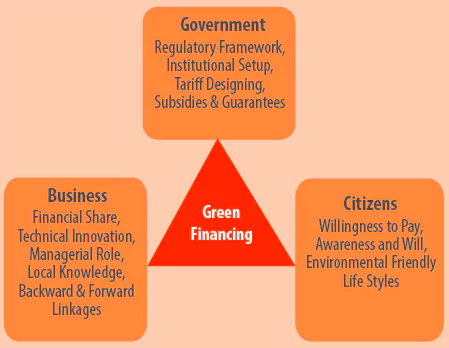
India’s Green Finance Gap :
|
|---|
| Must Read | |
| NCERT Notes For UPSC | UPSC Daily Current Affairs |
| UPSC Blogs | UPSC Daily Editorials |
| Daily Current Affairs Quiz | Daily Main Answer Writing |
| UPSC Mains Previous Year Papers | UPSC Test Series 2024 |
Parties to the United Nations Framework Convention on Climate Change (UNFCCC) have made new submissions for the New Collective Quantified Goal on Climate Finance (NCQG).
Nine Technical Expert Dialogues (TED) have been held over the last two years, discussing a range of options for the elements linked to the formation of the new goal, including:
| Must Read | |
| NCERT Notes For UPSC | UPSC Daily Current Affairs |
| UPSC Blogs | UPSC Daily Editorials |
| Daily Current Affairs Quiz | Daily Main Answer Writing |
| UPSC Mains Previous Year Papers | UPSC Test Series 2024 |
The Indigenous Technologies of Thermal camera has been designed and developed by CDAC under the InTranSE Program of MeitY.
ITS is a revolutionary state-of-the-art technology to achieve traffic efficiency by minimizing traffic problems, prompting efficient infrastructure usage.
| Must Read | |
| NCERT Notes For UPSC | UPSC Daily Current Affairs |
| UPSC Blogs | UPSC Daily Editorials |
| Daily Current Affairs Quiz | Daily Main Answer Writing |
| UPSC Mains Previous Year Papers | UPSC Test Series 2024 |
Recently, Asian Development Policy released a report for the year 2024 titled as ‘Aging well in Asia’.
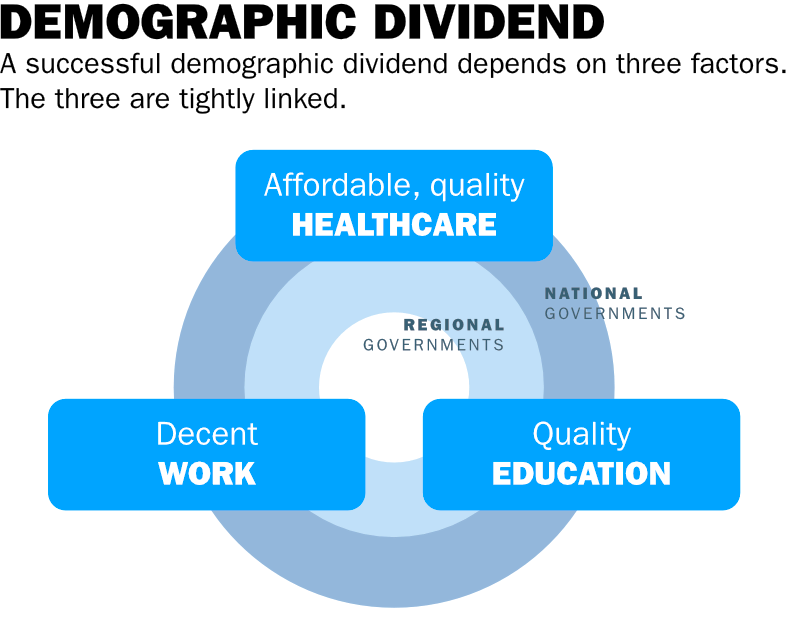
Demographic dividend refers to the economic boost that can happen when a country’s population has more working-age people (between 15 and 64 years old) compared to dependents (those younger than 14 and older than 65).
| Must Read | |
| NCERT Notes For UPSC | UPSC Daily Current Affairs |
| UPSC Blogs | UPSC Daily Editorials |
| Daily Current Affairs Quiz | Daily Main Answer Writing |
| UPSC Mains Previous Year Papers | UPSC Test Series 2024 |
Recently, India protested Chinese road construction at Shaksgam Valley in Pakistan-occupied Kashmir.
Aghil Pass:
|
|---|
The Shaksgam valley, a trans-Karakoram tract, is a strategically key region that is part of Pakistan-occupied Kashmir (PoK).It was ceded by Pakistan to China in 1963, a year after the India-China war.
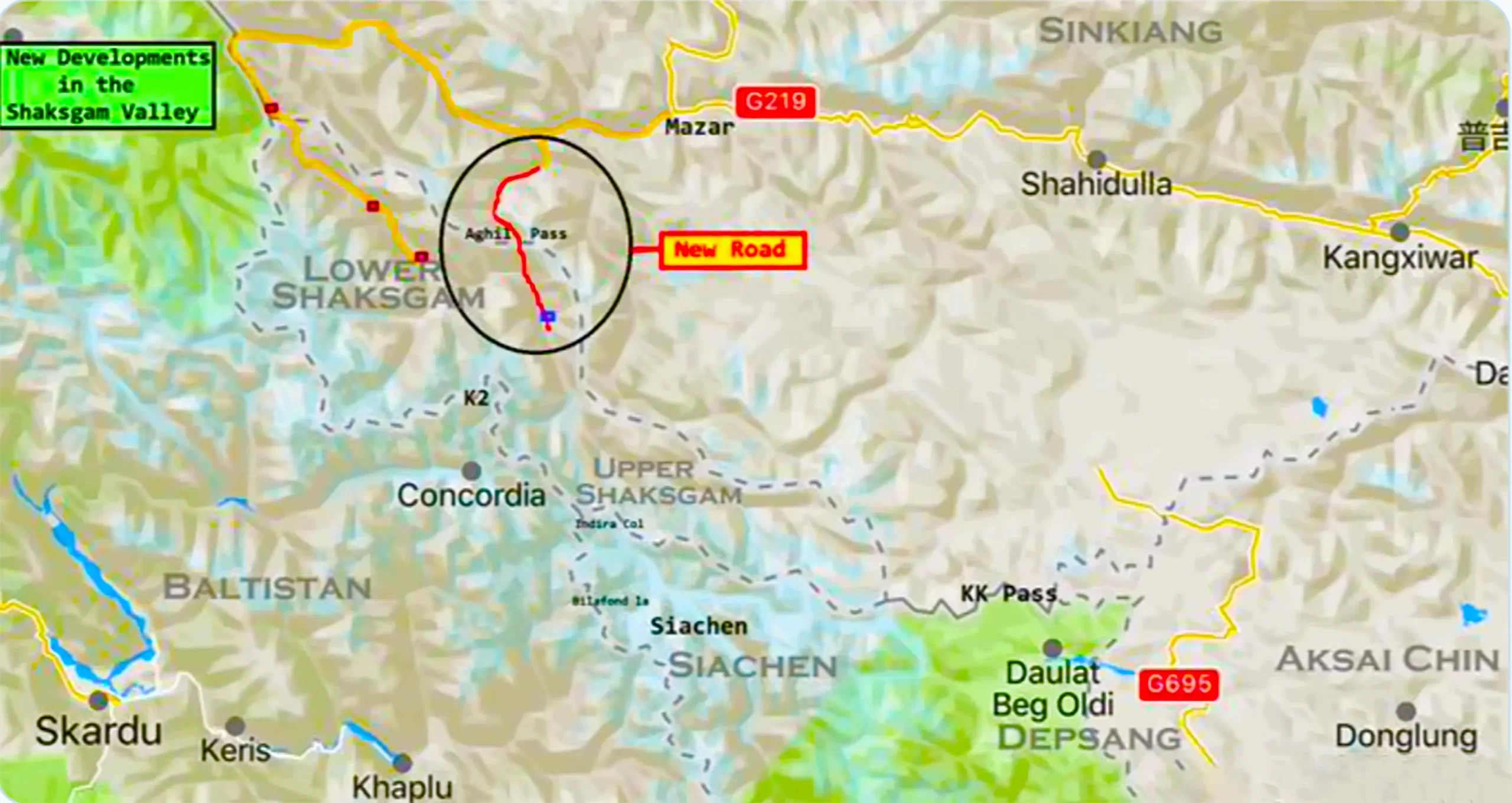 It is positioned from northwest to southeast. It originates at the base of the Indira Col West, a col (low point) on the Indira Ridge, at an altitude of 6,115 meters.
It is positioned from northwest to southeast. It originates at the base of the Indira Col West, a col (low point) on the Indira Ridge, at an altitude of 6,115 meters.
| Must Read | |
| NCERT Notes For UPSC | UPSC Daily Current Affairs |
| UPSC Blogs | UPSC Daily Editorials |
| Daily Current Affairs Quiz | Daily Main Answer Writing |
| UPSC Mains Previous Year Papers | UPSC Test Series 2024 |
Recently, there has been a notable rise in the rejection of Indian spice shipments in various countries.
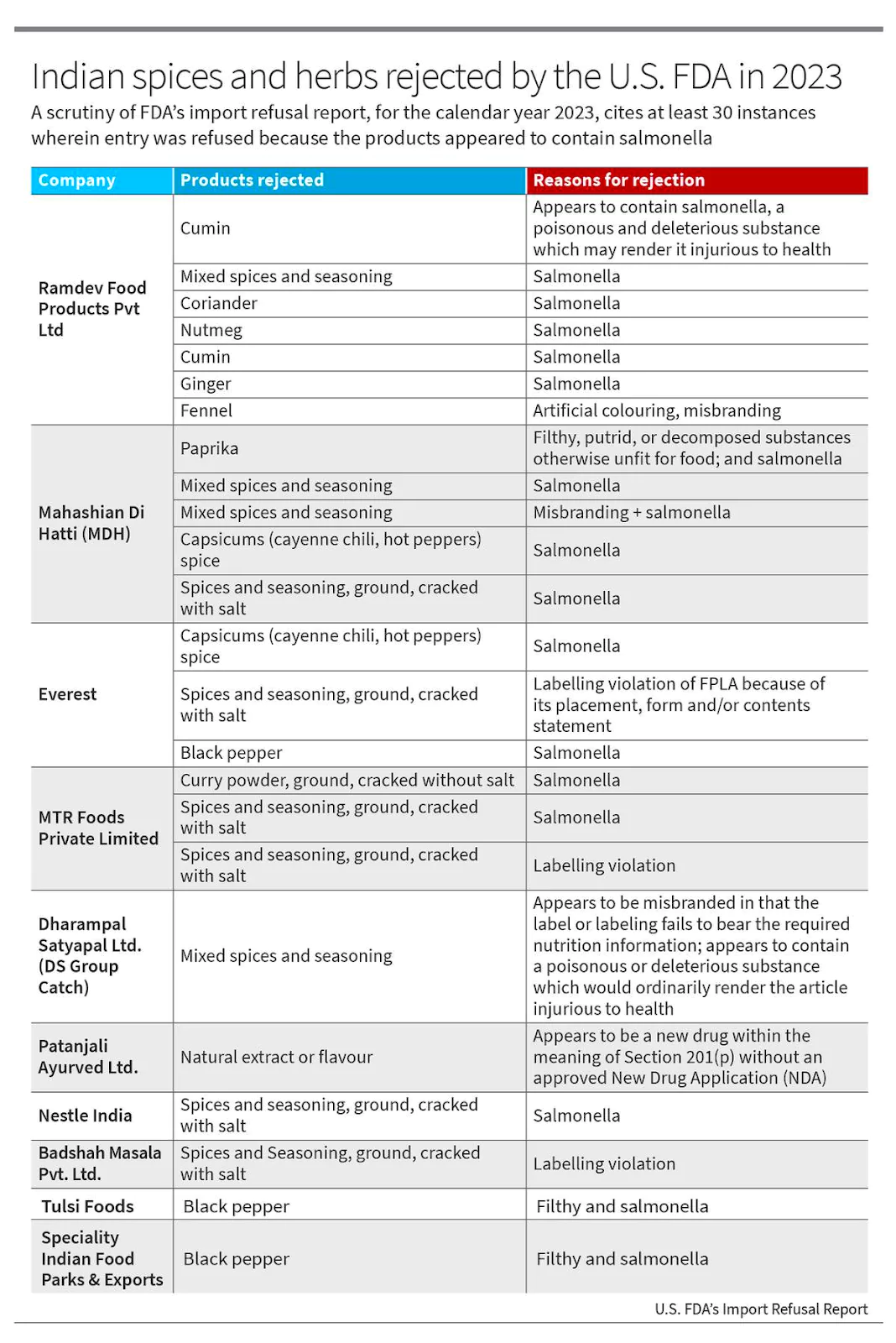
In the past six months, about one-third of Mahashian Di Hatti (MDH) Pvt Ltd’s spice shipments to the US were turned away due to salmonella contamination.
About International Organization for Standardization (ISO):
|
|---|
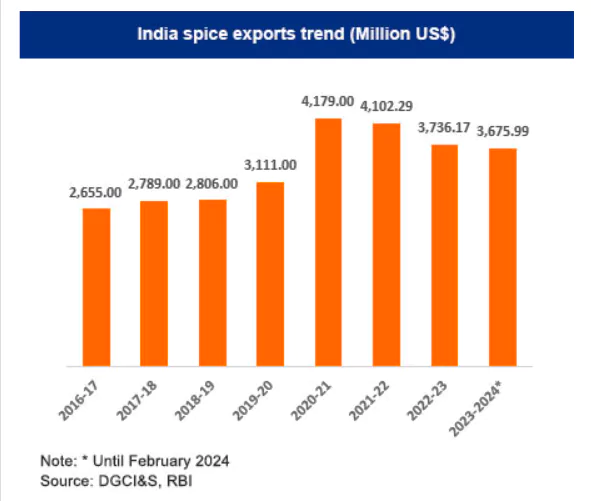 Beyond MDH and Everest, other major manufacturers include Madhusudan Masala, NHC Foods and consumer giants Tata Consumer Products and ITC.
Beyond MDH and Everest, other major manufacturers include Madhusudan Masala, NHC Foods and consumer giants Tata Consumer Products and ITC.
Spices Board of India:
|
|---|
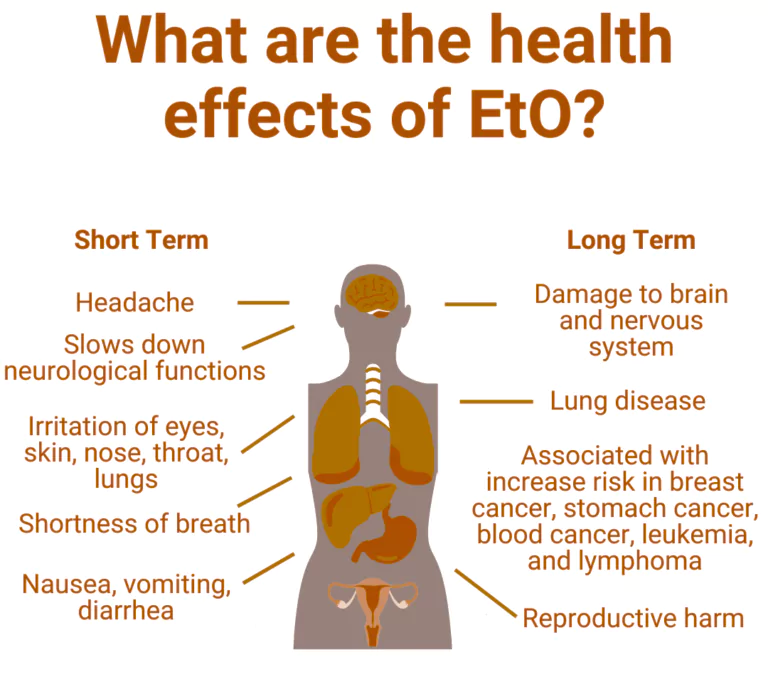 This prevents manufacturers from assessing potential risks, compromising the safety of the entire food supply chain.
This prevents manufacturers from assessing potential risks, compromising the safety of the entire food supply chain.
About Ethylene Oxide (EtO):EtO is a colourless, flammable and a remarkable gas that was originally intended for sterilising medical devices.
|
|---|
| Must Read | |
| NCERT Notes For UPSC | UPSC Daily Current Affairs |
| UPSC Blogs | UPSC Daily Editorials |
| Daily Current Affairs Quiz | Daily Main Answer Writing |
| UPSC Mains Previous Year Papers | UPSC Test Series 2024 |
SC Verdict on Newsclick Shows Adherence to Due Pro...
Stay Invested: On Chabahar and India-Iran Relation...
Credit Rating Agencies, Impact on India’s De...
Catapulting Indian Biopharma Industry
Globalisation Under Threat, US Import Tariffs Have...
Global Report on Hypertension, Global Insights and...
<div class="new-fform">
</div>
